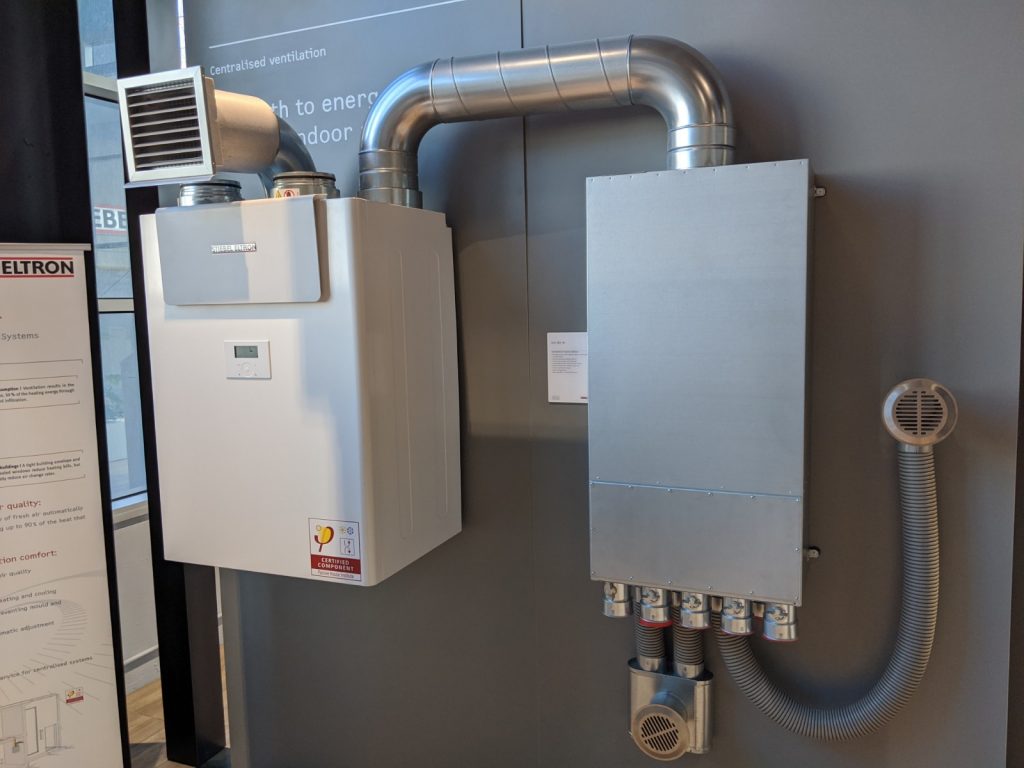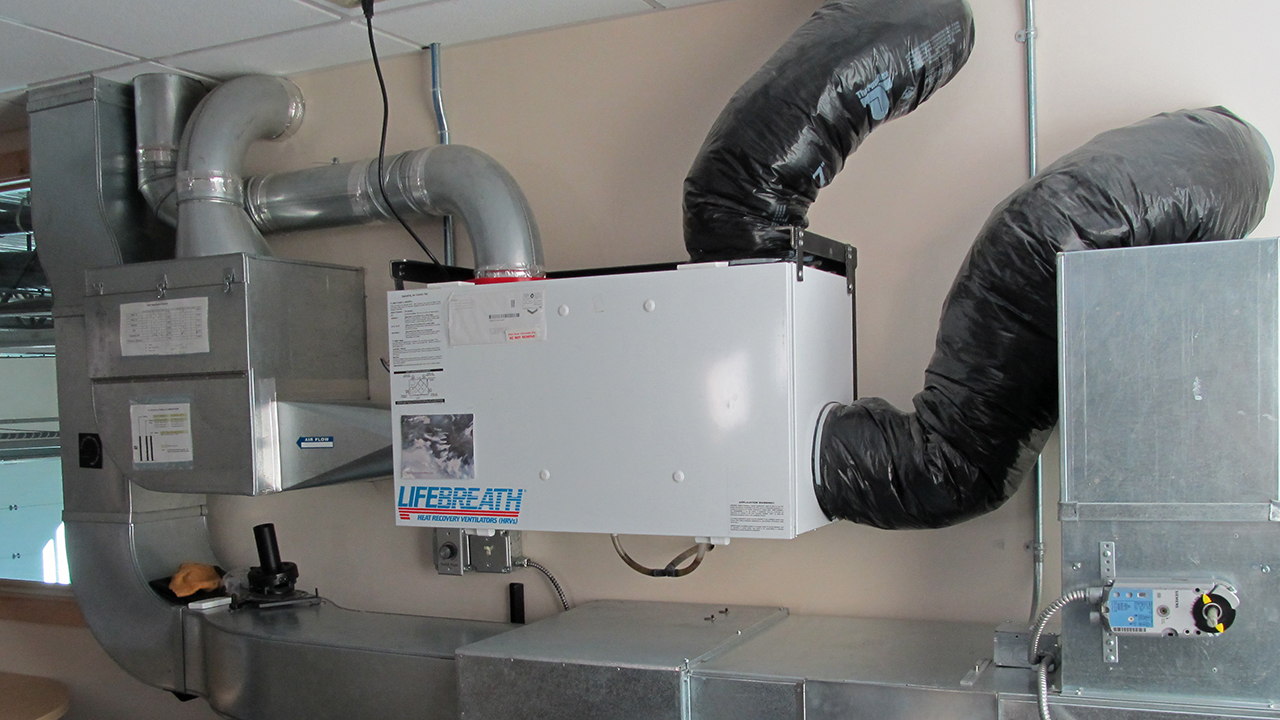Why HRV Is a Smart Investment for Modern Homeowners
Wiki Article
The All-Inclusive Guide to the Uses of Heat Recovery Ventilation in Modern Buildings
Heat Recovery Ventilation (HRV) systems stand for a significant improvement in building technology (HRV Heat Recovery Ventilation). They provide a technique for trading stagnant interior air with fresh outside air while minimizing power loss. This strategy not just boosts indoor air top quality yet additionally adds to energy effectiveness in both household and commercial structures. Recognizing the numerous applications and benefits of HRV can disclose its crucial role in modern-day style and sustainability efforts. The implications of this innovation are worth discovering betterRecognizing Heat Recovery Ventilation Solutions

Although several contemporary structures focus on energy efficiency, understanding warmth recovery ventilation (HRV) systems is essential for enhancing indoor air quality and minimizing energy intake. HRV systems function by transferring warm from stagnant indoor air to inbound fresh air, effectively maintaining comfy interior temperatures while decreasing power loss. These systems contain a heat exchanger, followers, and ductwork that help with the blood circulation of air. During winter, HRV devices record and reuse warmth from the outward bound air, while in summer, they can assist cool inbound air. By continually trading air, HRV systems additionally decrease moisture and the focus of interior toxins. Appropriate installment and upkeep of HRV systems are crucial for their performance and performance in enhancing overall structure efficiency and comfort.
Advantages of Heat Recovery Ventilation
Heat recovery ventilation systems supply many benefits that boost both energy effectiveness and interior air top quality in modern buildings. By recording and recycling energy from exhaust air, these systems considerably decrease cooling and heating prices, causing lower power consumption. They keep a constant circulation of fresh outdoor air, minimizing the threat of interior air contaminants and irritants. This constant exchange aids manage humidity levels, stopping mold and mildew development and guaranteeing a much healthier living environment. In addition, HRV systems add to sustainability goals by decreasing general carbon impacts. Their capacity to maximize air flow without sacrificing thermal convenience makes them a beneficial addition to modern structure layout, advertising both financial and ecological benefits.Applications of HRV in Residential Structures
As house owners progressively focus on energy performance and interior air top quality, the applications of heat healing air flow (HRV) systems in property buildings have come to be much more widespread. HRV systems are especially helpful in securely sealed homes, where maintaining fresh air circulation is essential for avoiding moisture build-up and indoor contaminants. They successfully move warm from outbound stale air to incoming fresh air, lowering energy prices associated with heating and cooling. Furthermore, HRVs can improve comfort degrees by controling moisture and temperature level. They are likewise adaptable for various household styles, including single-family homes and multi-unit structures. In general, integrating HRV systems sustains sustainable living techniques while guaranteeing a healthier indoor setting for occupants.HRV in Industrial and Commercial Settings
In industrial and industrial setups, the implementation of warmth recovery air flow (HRV) systems has actually become progressively critical for optimizing power efficiency and keeping air top quality. These systems effectively move heat from exhaust air to inbound fresh air, minimizing the requirement for extra heating or cooling. This not just lowers energy costs yet likewise contributes to sustainability efforts. Industries such as manufacturing, warehousing, and office complex profit greatly from HRV systems, as they aid control temperature level and humidity degrees, guaranteeing a comfortable and effective setting. Additionally, HRV systems help in removing impurities and excess dampness, boosting interior air high quality. As regulations around air quality end up being more stringent, the adoption of HRV modern technology is likely to expand, making it a vital component of modern business and commercial infrastructure.Future Patterns in Heat Recovery Ventilation Modern Technology

Regularly Asked Concerns
How Does Heat Recovery Ventilation Impact Indoor Air Top Quality?
Heat recovery ventilation substantially boosts interior air quality by continuously trading stale indoor air with fresh exterior air while recouping power. This process minimizes contaminants, maintains ideal moisture degrees, and ensures a much healthier setting for residents.Can HRV Solutions Be Installed in Existing Structures?
HRV systems can certainly be set up in existing structures. Retrofitting may need adjustments to ductwork and air flow formats, but it substantially enhances energy performance and indoor air quality, making it a practical alternative for older structures.What Maintenance Is Needed for HRV Equipments?

Are There Certain Climates Where HRV Is Much More Efficient?
Heat recovery ventilation systems are specifically effective in environments with substantial temperature differences between periods. These systems enhance power efficiency by recovering heat from exhaust air, making them excellent for both chilly and moderately cozy environments.Exactly How Do HRV Solutions Affect Power Expenses?

Report this wiki page